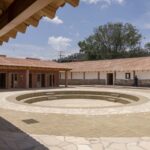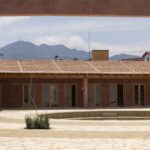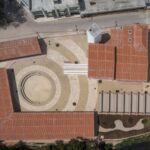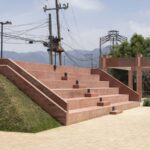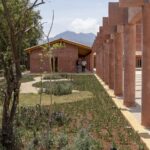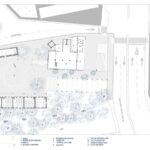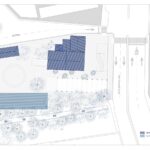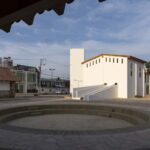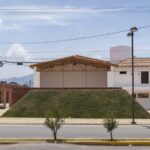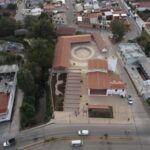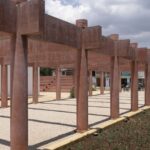Transforming the Community: The Redevelopment of the Old Municipal Slaughterhouse
In 2023, the labor of Acupuncture Urban, led by architects Daniel Díaz Vidaurri and Fernada Tejeda Torres, unveiled a transformative project in San Cristóbal de las Casas, Mexico. Spanning an area of 2614 m², the Community Development Center in the old Municipal Slaughterhouse breathes new life into a historic site, fostering community engagement and well-being.
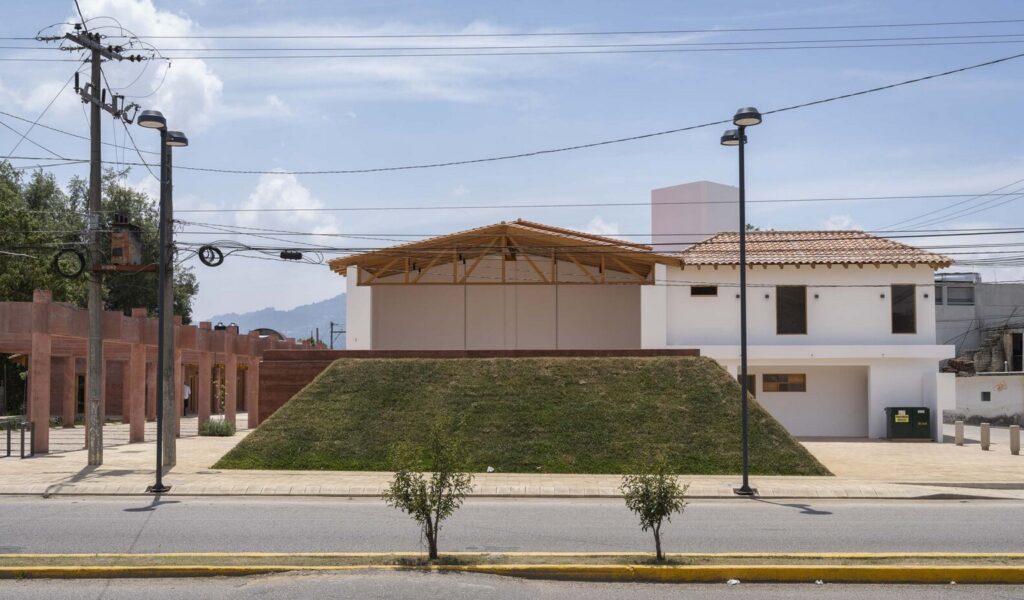
Preservation and Transformation
Situated in the Las Rosas sector, this project reimagines the old Municipal Slaughterhouse, preserving its heritage while repurposing it into a hub for community assistance services. The redevelopment respects the site’s main elements, creating a seamless connection with open spaces and fostering the creation of new public areas that integrate cultural elements, thus contributing to societal development.
Gender Equity and Inclusivity
Addressing gender equity and security concerns, the project aims to provide equal opportunities for all community members. Large, illuminated spaces ensure accessibility for individuals of all genders, fostering community integration and inclusivity. Additionally, efforts are made to bridge the gap between urban and rural populations, particularly focusing on indigenous peoples, while supporting climate change initiatives.
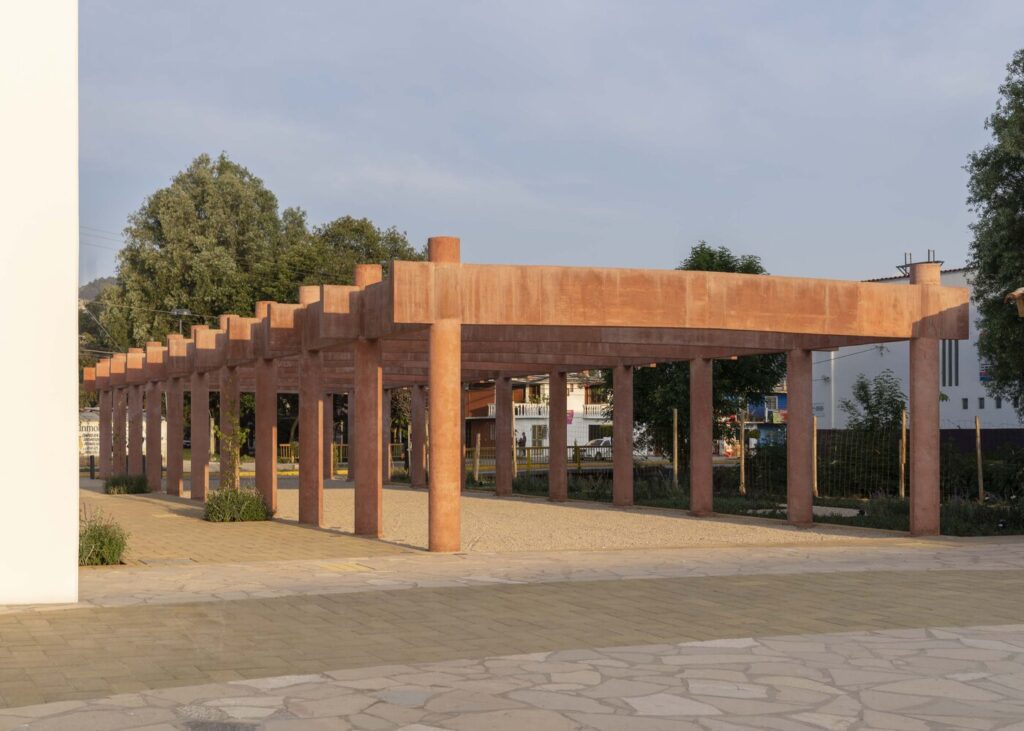
Recreational Agora and Flexibility
A central recreational agora serves as the project’s compositional axis, connecting pre-existing structures with new ones. This dynamic space adapts to varying economic, physical, and cultural needs, accommodating exhibition areas, workshops, offices, and dining spaces. By integrating history and memory, the project creates a cohesive environment that celebrates community heritage.
Environmental Sustainability
The redevelopment prioritizes environmental sustainability, integrating existing endemic vegetation and mitigating pollution from the former slaughterhouse. Extensive cleaning measures, including rainwater collection and drainage optimization, restore cleanliness and health to the community. Environmentally friendly materials such as vertua concrete and locally sourced wood ensure long-term durability and efficiency.

Structural Adaptations
Structural adaptations were essential to accommodate the project’s vision. Existing structures were reinforced to withstand new uses, while new buildings utilized concrete walls and columns, pigmented for preservation and aesthetic appeal. Wooden beams with clay tiles provide resilience against rainy seasons, merging structural integrity with architectural design.
Community Empowerment
The Community Development Center serves as a beacon of community empowerment, offering a safe space for art, workshops, exhibitions, and indigenous language classes. By encouraging community participation and self-adaptation, the center fosters pride in cultural heritage and promotes a better quality of life for all residents, irrespective of social differences.
In summary, the redevelopment of the Old Municipal Slaughterhouse epitomizes a holistic approach to urban renewal, intertwining heritage preservation, environmental sustainability, and community empowerment. As San Cristóbal de las Casas continues to evolve, this transformative project stands as a testament to the power of architecture in creating inclusive, vibrant, and resilient communities.

